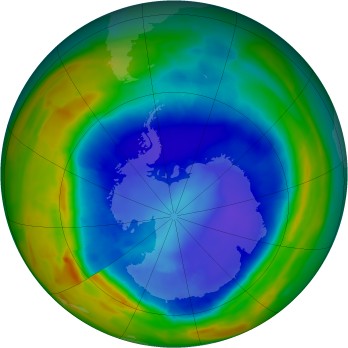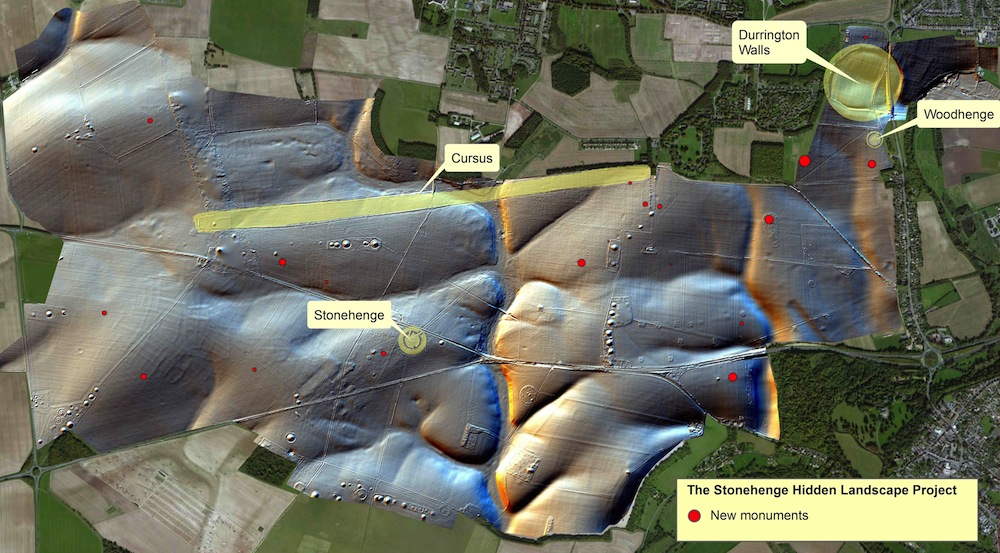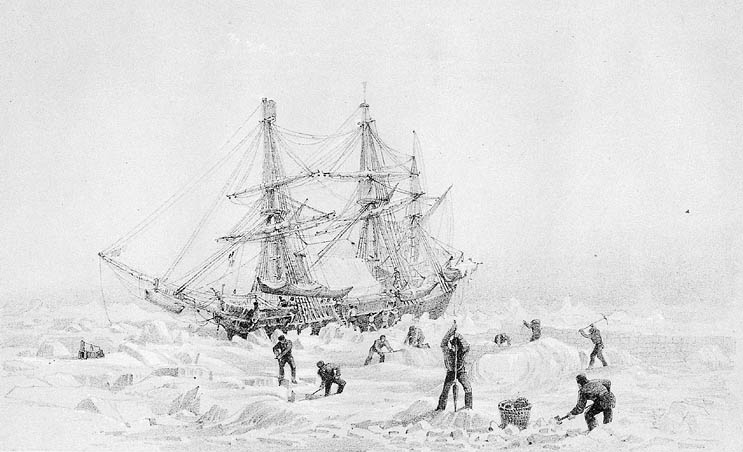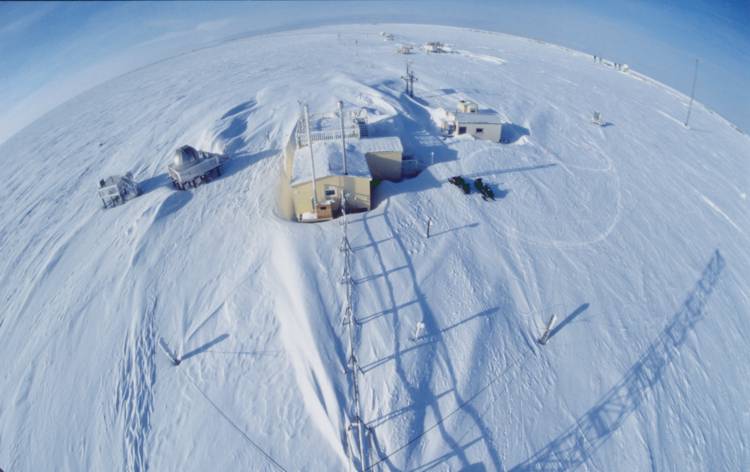Posted on behalf of David Cyranoski.
New leaked emails from the research editors of Science and Nature provide additional insight into the saga of the STAP papers, which Nature published in January and retracted in July.
The papers had promised new, simpler ways to produce stem cells by applying stress to cells taken from a patient’s tissues. But no other lab was able to reproduce the results, and experts pointed to several problems and inconsistencies in the papers. In April, first author Haruko Obokata of the RIKEN Center for Developmental Biology in Kobe, Japan, was declared guilty of scientific misconduct; the controversy later took a tragic turn as another co-author, Yoshiki Sasai, committed suicide on 5 August.
An investigative report into the papers, released in May, revealed that a previous version of the work had been rejected by Nature, Cell, and Science in 2012, before being resubmitted and accepted by Nature. (Nature’s news and comment team is editorially independent of its research editorial team.)
That report gave details from the Science referees who pointed out that one figure had been “reconstructed” in a way at odds with normal scientific practice and another one had a “suspiciously sharp” band (see ‘Misconduct verdict stands for Japanese stem-cell researcher‘).
The blog Retraction Watch posted the full comments of three referees who reviewed the paper for Science on 10 September.
The reviews include a modicum of support, but overall the paper is panned by all three. Reviewer number 2 notes, “Unfortunately, the paper presents only a superficial description of many critical aspects of the work,” before launching into 21 points that “need to be addressed”, ranging from seemingly sloppy mistakes to fundamental problems with the data.
Reviewer 3 noted, “If these results are repeatable, a paradigm of developmental biology would be changed.”
The manuscript itself is not available, so it is impossible to know exactly how similar the rejected Science manuscript is to the version that was eventually published in Nature.
When the committee initially brought the problems in the Science paper to her attention, Obokata defended herself by saying that the published Nature paper had main conclusions that differed from those in the rejected Science manuscript, and she refused to show the latter to the investigative committee.
The cells in that manuscript were called stress-altered somatic cells (SAC) cells, whereas those in the paper that was eventually published bore the now-infamous name: stimulus triggered acquisition of pluripotency, or STAP. But judging from the reviewers comments, the STAP cells and SAC cells seem to be quite similar.
Nature‘s research editors do not comment on their correspondence with authors, but on 11 September Science revealed new emails said to have been exchanged between Obokata and a Nature editor in April 2013. Those emails allegedly quote Nature‘s reviewers as having many reservations, similar to those expressed by Science‘s reviewers, and unanimously recommending that the paper be rejected — which Nature did. The Nature editor did leave open the possibility of publishing the paper if the problems were solved. About nine months later, in December, Nature accepted both papers.























Recent comments on this blog
US Department of Energy frees up access to research
Portugal cuts funding for lowest-rated labs
Portugal cuts funding for lowest-rated labs
Physicists defend Big Bang wave announcement
Authors of pulled meditation study issue “clarification”